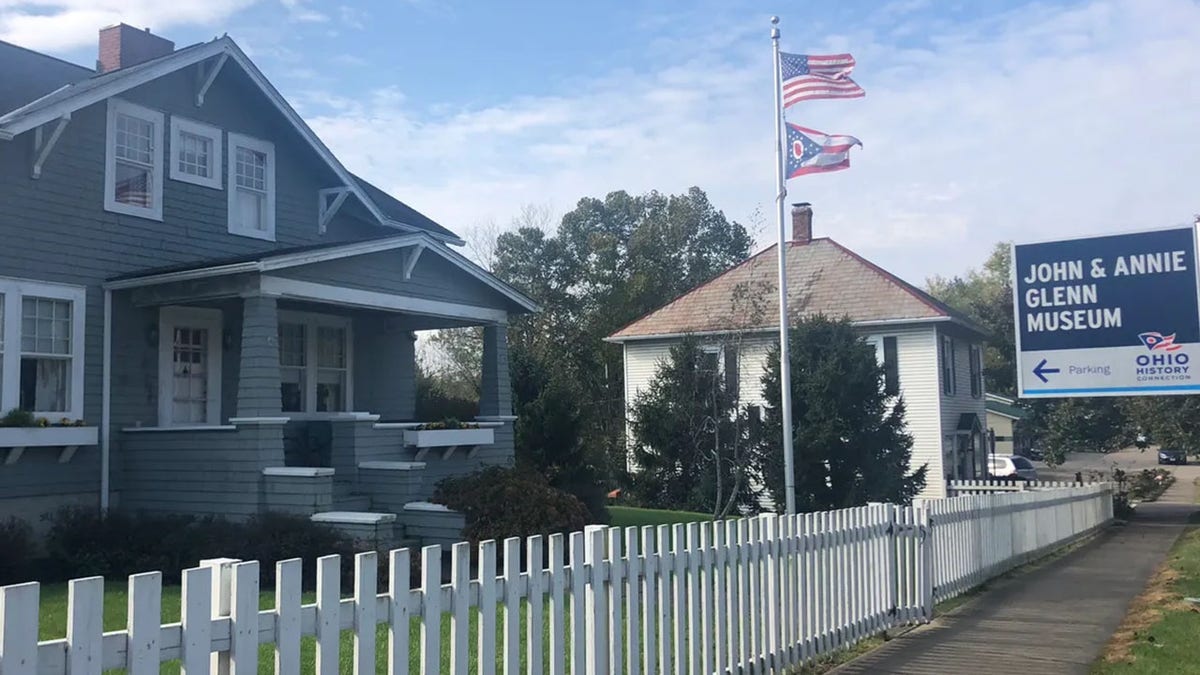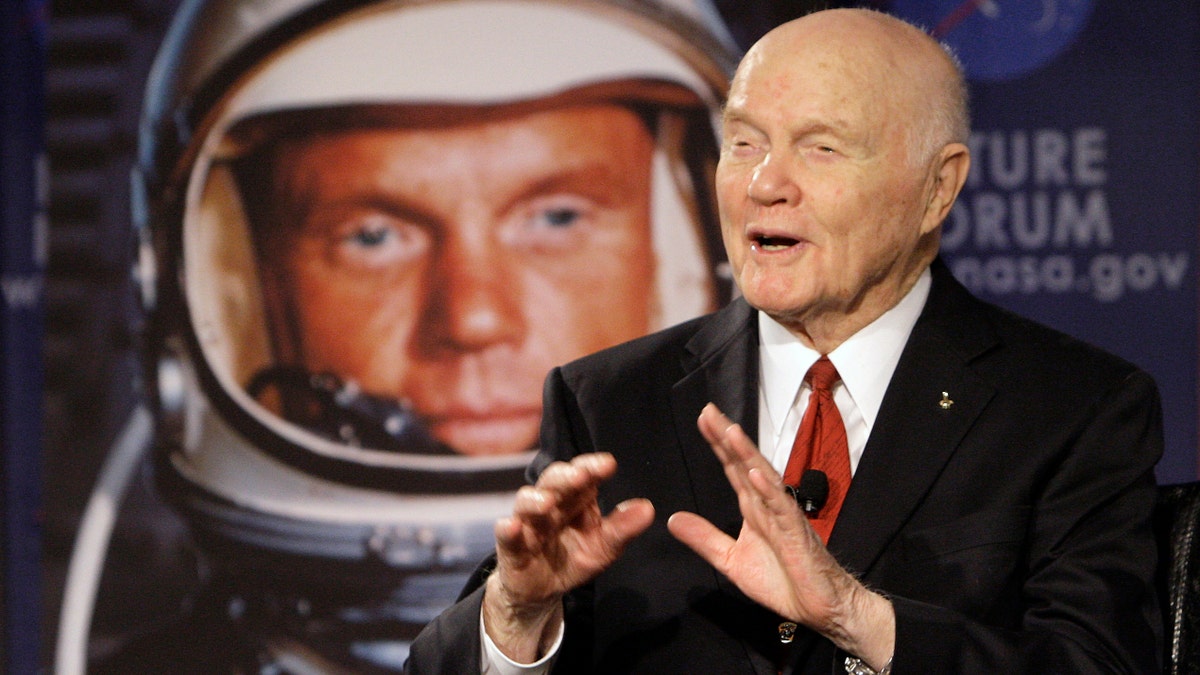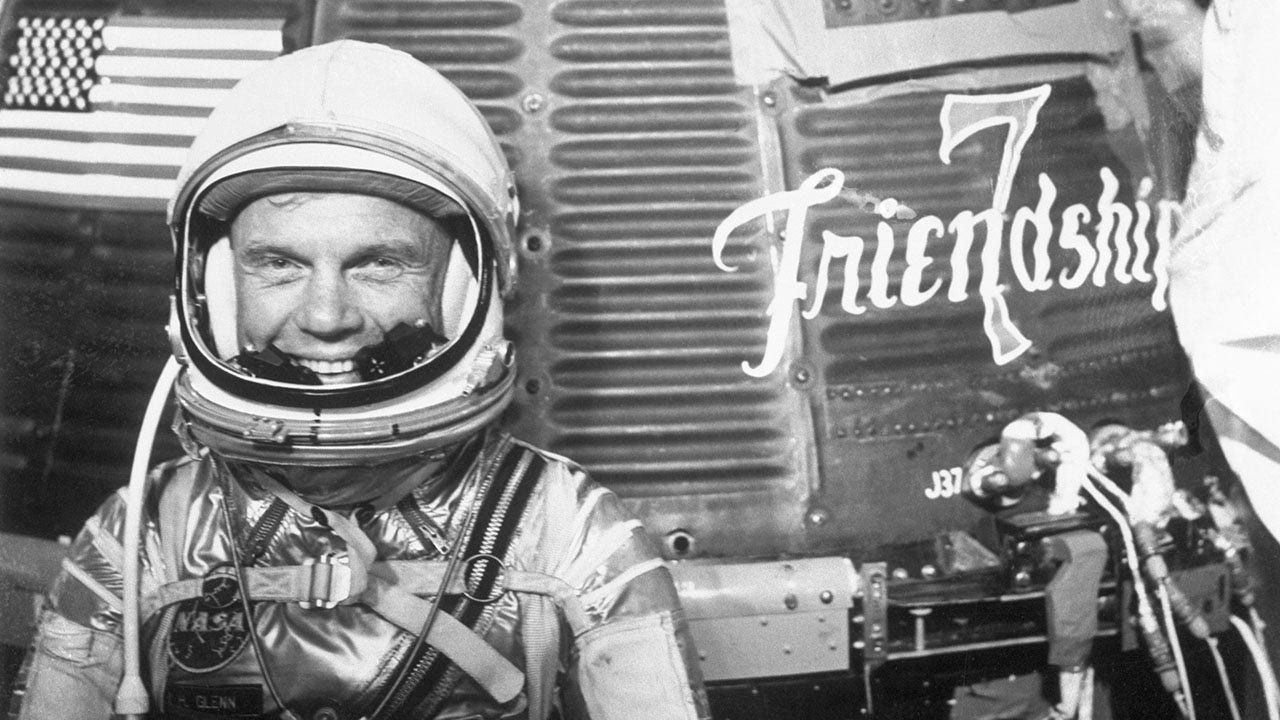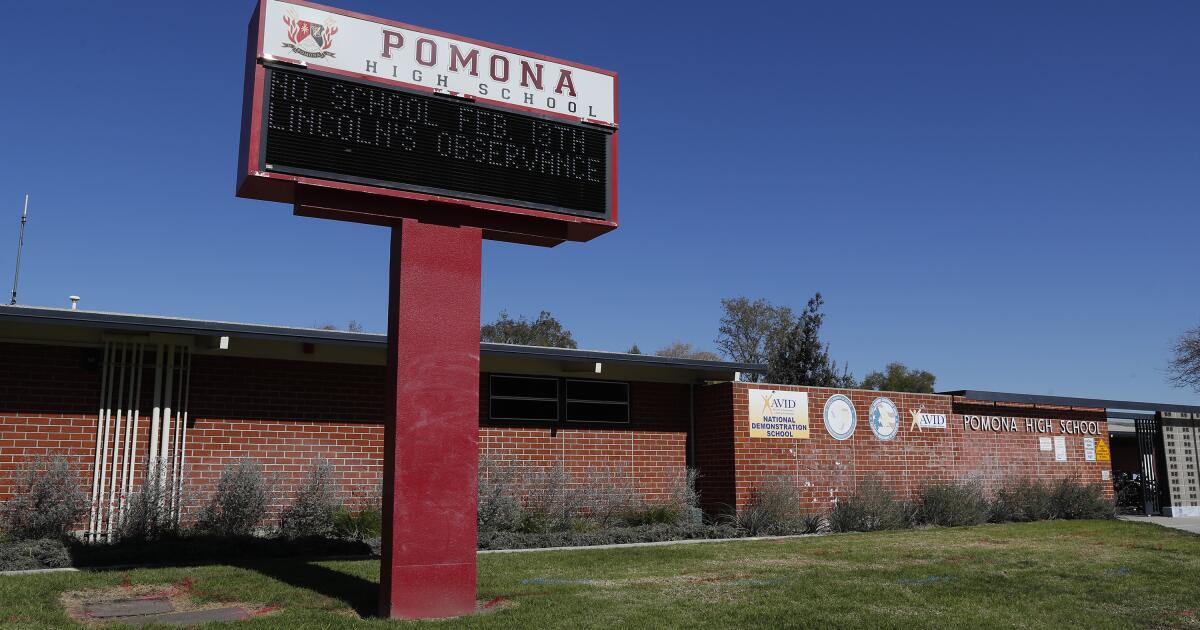John Glenn, Marine Corps fighter pilot, pioneer of human exploration, and later United States Senator, became the first American to orbit the Earth on this day in history, February 20, 1962.
“Glenn's trip to space, a great technical achievement, had even greater significance for the country,” says the website of the John & Annie Glenn Museum in the astronaut's hometown of New Concord, Ohio.
“Americans viewed the event as a political and scientific milestone. Across the country, they welcomed Glenn as a hero who had conquered the limits of the Earth and given new wings to the American spirit.”
ON THIS DAY IN HISTORY, FEBRUARY 19, 1912, CRACKER JACK'S 'PRIZE IN EVERY BOX' DEBUTS
Glenn made three trips around the planet on his historic flight as the United States feverishly attempted to keep pace with the Soviet Union in the space race.
“The Soviets took a step forward by placing the first man, Yuri A. Gagarin, in space on April 12, 1961, in a one-orbit flight around the Earth aboard their Vostok spacecraft,” NASA reports. .
At Cape Canaveral, Florida, astronaut John H. Glenn Jr. appears in a spacesuit next to the Mercury-Atlas 6 “Friendship 7” spacecraft. (Getty Images)
The dramatic period of space exploration occurred amid the existential crisis of the Cold War that pitted the United States and Western constitutional democracies against the Soviet Union and communist tyranny.
Which side wins the space race could also determine the fate of humanity.
“Across the country, (Americans) welcomed Glenn as a hero who had conquered the limits of the earth.” —Glenn Museum
American astronaut Alan Shepard was the first American in space with a suborbital flight on May 5, 1961, three weeks after Gagarin's first such trip.
President John F. Kennedy then committed the nation to landing a man on the moon before the end of the decade, in a speech to a joint session of Congress on May 25.
FOR PRESIDENTS' DAY, TIPS FROM WASHINGTON AND LINCOLN THAT ARE VERY RELEVANT TODAY
“If we are to win the battle now raging around the world between freedom and tyranny… I believe this nation should commit to achieving the goal, before this decade is out, of landing a man on the moon and returning him.” to the Moon. safely to the Earth,” said the president in his dramatic challenge.

The John and Annie Glenn Museum is located in the childhood home of war veteran, space explorer, and longtime U.S. Senator John Glenn in New Concord, Ohio. (Kerry J. Byrne/Fox News Digital)
Kennedy gave his most famous “We Choose to Go to the Moon” speech the following year, on September 12, 1962.
Glenn was essential in the United States' successful quest to land a man on the moon, a historic achievement in human history that has yet to be matched by any other nation.
He enlisted in the National Aviation Cadet Program at age 20, shortly after the Japanese attack on Pearl Harbor, and became a Marine Corps pilot.
Glenn flew combat missions in Korea with fellow hero of two wars, Hall of Fame baseball star Ted Williams, as his sidekick.
He flew dozens of combat missions in both World War II and the Korean War and later became one of the world's most accomplished test pilots.
His planes were hit by enemy fire on five different missions, according to various accounts of his World War II service.

John Glenn in the cockpit of the F8U-1P Crusader aircraft. The Marine Corps officer served in both World War II and Korea and later became one of America's top test pilots. (U.S. Navy photo)
He returned the damaged aircraft safely each time.
“For his 149 missions during the two wars, he received many decorations, including the Distinguished Flying Cross six times,” states the John and Annie Glenn Museum.
THE FIRST MEN ON THE MOON, A UNIQUE AMERICAN ACHIEVEMENT, STILL SURPRISES US TODAY
Glenn flew combat missions in Korea with fellow hero of two wars, Hall of Fame baseball star Ted Williams, as his sidekick.
“Absolutely fearless,” the Splendid Splinter said of Glenn, whose legendarily sharp eyesight and reflexes made him a formidable force at the plate and in the cockpit.
“The best thing I've ever seen in my life. It was an honor to fly with him.”
Glenn's reputation as a top-notch test pilot earned him a place as one of the “Mercury 7,” the first seven astronauts chosen to lead America's effort in manned space exploration.
“Project Mercury was the first United States program to put people into space. Beginning in 1958 and ending in 1963, the program made six manned flights and marked the beginning of manned space flight in the United States,” the Museum states. National Air and Space. .
Glenn flew on a space shuttle mission in 1998, at age 77, becoming the oldest human being in space.
The Gemini and Apollo programs followed.
Gemini sent 10 crews into space and included the first spacewalk. Apollo then flew six missions to the Moon between 1969 and 1972. Humanity has not returned to the lunar surface since the last Americans left it more than half a century ago.
CLICK HERE TO SUBSCRIBE TO OUR LIFESTYLE NEWSLETTER
Glenn left the space program in 1964 and retired as a Marine Corps colonel in 1965.
He soon embarked on a political career and represented Ohio in the United States Senate from 1974 to 1999.
Glenn flew on a space shuttle mission in 1998, at age 77, becoming the oldest human being in space. He received the Presidential Medal of Freedom, the country's highest civilian honor, in 2012.

In this Feb. 20, 2012, file photo, Sen. John Glenn speaks with astronauts on the International Space Station via satellite before a discussion titled “Learning from the Past to Innovate for the Future” in Columbus, Ohio. (AP Photo/Jay LaPrete, File)
John Herschel Glenn Jr. died on December 8, 2016 at age 95.
He was buried at Arlington National Cemetery after a life of service to the United States in wartime, in the halls of the Capitol and leading his countrymen beyond the limits of the Earth.
CLICK HERE TO GET THE FOX NEWS APP
“Surrounded by older students, encouraged by a father who liked to travel, and mentored by a devoted mother, John developed an early interest in science, a fascination with flying, and a sense of patriotism that would define his adult life,” the Museum states. John and Annie Glenn.
For more lifestyle articles, visit www.foxnews.com/lifestyle.












